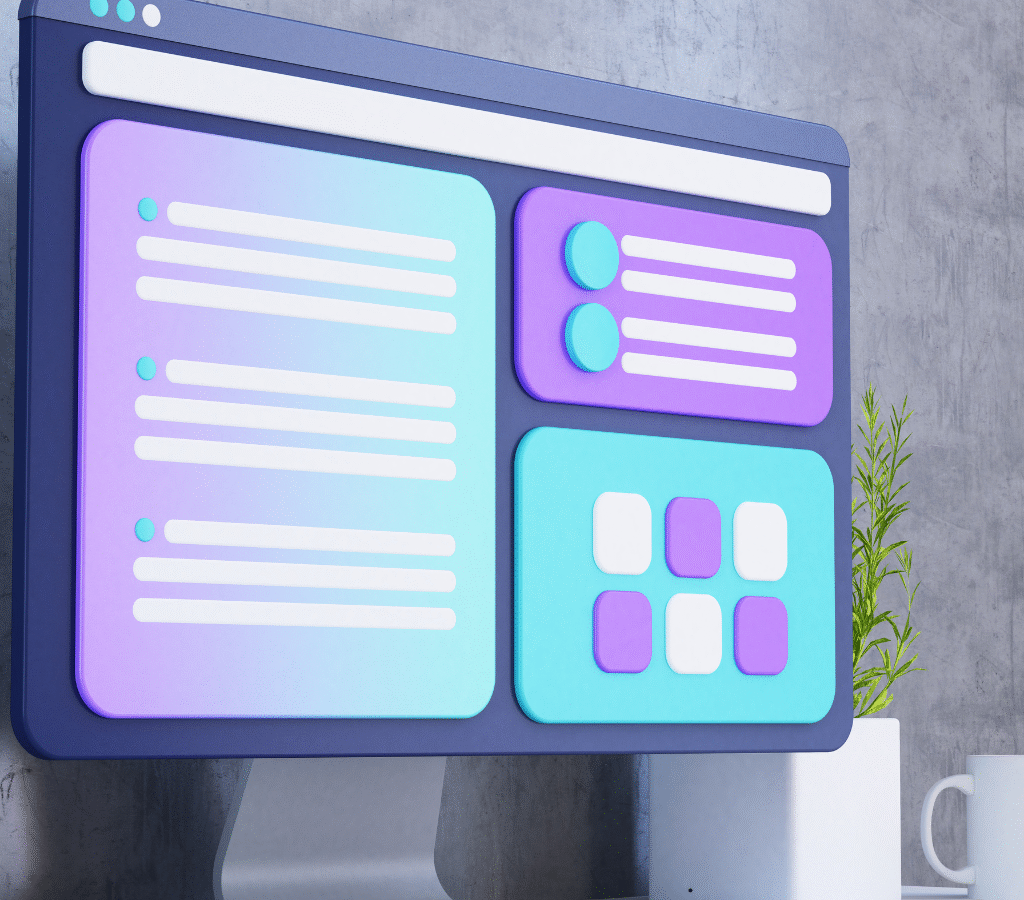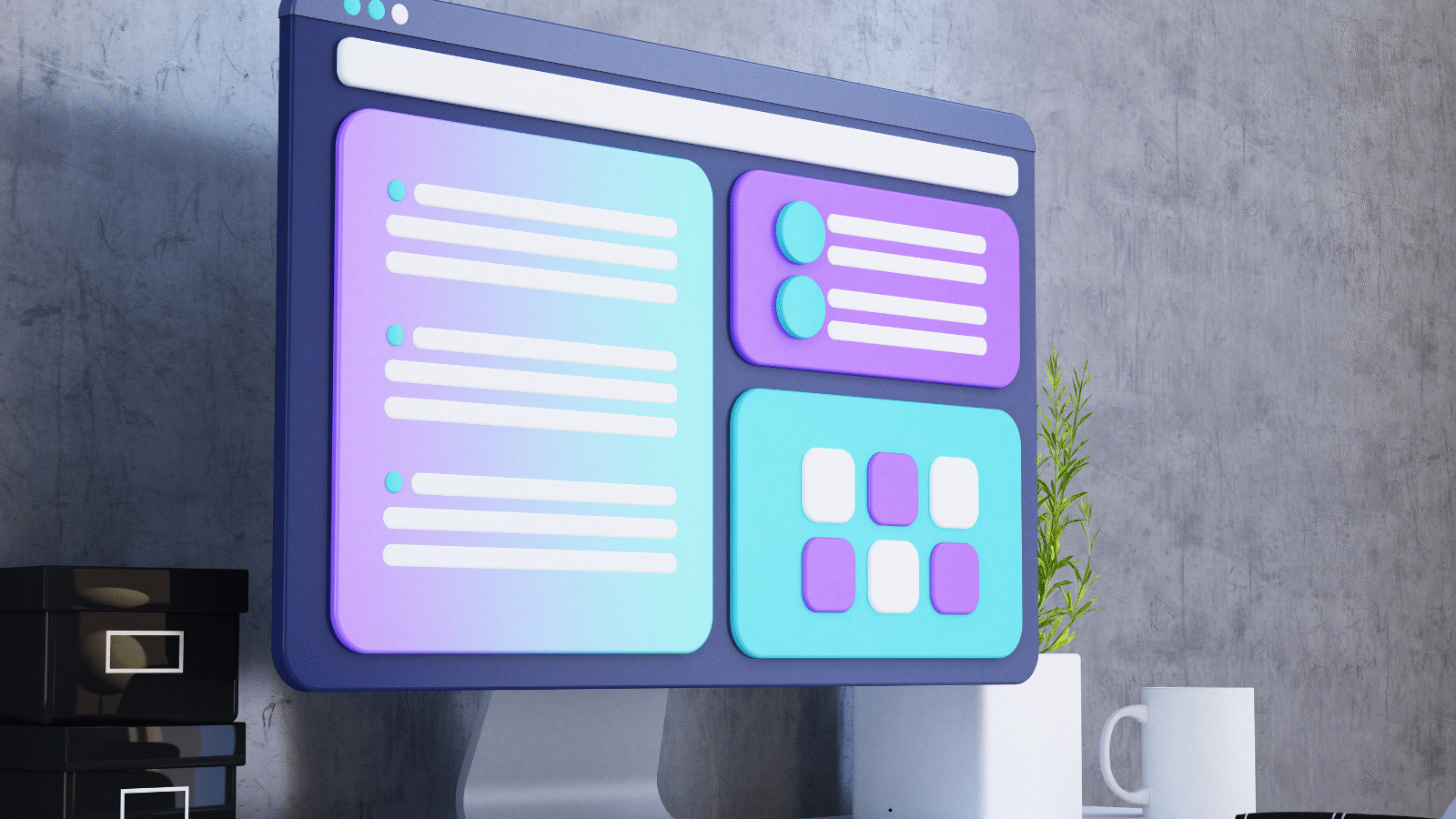In today’s hyper-digital world, speed is no longer a luxury—it’s an expectation. With attention spans shrinking and competition just a click away, having a slow-loading website can be a silent killer for your business. In 2025, user experience and instant access to content are the cornerstones of digital success. If your website drags, your customers will bounce, your SEO will tank, and your bottom line will suffer.
Let’s break down why speed matters so much, what it’s costing you, and how to fix it before your competition takes the lead.
The Real Cost of a Slow Website
1. High Bounce Rates
According to research, 53% of mobile users abandon a website that takes longer than 3 seconds to load. The longer your website takes to load, the more users will click the back button and go elsewhere.
2. Lower Search Rankings
Google prioritizes user experience in its search algorithm. A slow website negatively affects your SEO, pushing your site lower in search engine results, reducing visibility and organic traffic.
3. Loss in Conversions and Sales
Speed directly impacts conversions. A 1-second delay in page load can lead to a 7% reduction in conversions. That could mean thousands or even millions in lost revenue annually.
4. Damaged Brand Reputation
A laggy website suggests poor professionalism and lack of attention to detail. Users equate your website experience with your brand quality, and a slow site damages trust and credibility.
Why Are Websites Slow in 2025?
– Unoptimized Images and Videos
High-res images and autoplay videos may look good but often bloat loading time.
– Bloated Code
Unnecessary JavaScript, CSS, and plugins add weight to your site.
– Poor Hosting
Low-quality or shared hosting can limit your site’s bandwidth and speed.
– Too Many HTTP Requests
Each file on your site (scripts, fonts, icons) sends an HTTP request. Too many of these slow down your page load.
– Lack of Caching and Compression
Failing to enable browser caching or GZIP compression means your site must reload every element every time.
How Speed Affects User Psychology
Speed influences perception. A fast website feels trustworthy, efficient, and professional. A slow one feels frustrating and outdated. Here’s how:
- Cognitive Load: Users don’t want to think. Waiting increases cognitive effort, which drives them away.
- Emotional Response: Slow websites trigger negative emotions like impatience or irritation.
- Perceived Value: A fast site is subconsciously associated with higher value and better service.
How to Test Your Website Speed
You can use tools like:
- Google PageSpeed Insights
- GTmetrix
- Pingdom Tools
- Lighthouse (built into Chrome DevTools)
These tools provide load time data and actionable recommendations.
How to Fix a Slow Website
1. Optimize Images and Media
- Use next-gen formats like WebP
- Compress images without losing quality using tools like TinyPNG
- Implement lazy loading for media
2. Minify Code
- Minify HTML, CSS, and JavaScript to remove unnecessary spaces and comments
- Use tools like UglifyJS or CSSNano
3. Leverage Browser Caching
- Store elements in a user’s browser so they don’t need to reload every time
4. Use a Content Delivery Network (CDN)
- CDNs like Cloudflare or Akamai distribute your content across global servers, reducing load times for distant users
5. Upgrade Your Hosting
- Consider managed hosting or cloud-based solutions that offer faster processing and better bandwidth
6. Reduce HTTP Requests
- Limit external scripts and plugins
- Combine files where possible
7. Enable GZIP Compression
- This reduces file sizes for faster transfers
8. Monitor and Maintain Regularly
- Run speed audits monthly
- Update outdated themes or plugins
- Keep databases clean and optimized

Mobile Optimization Is Non-Negotiable
In 2025, mobile accounts for over 70% of web traffic. A slow mobile experience is an instant deal-breaker. Ensure your site is:
- Fully responsive
- Touch-optimized
- Lightweight for mobile networks
Google’s Core Web Vitals now heavily factor in mobile speed metrics.
Case Study: From Slow to Supercharged
Company X, a small e-commerce brand, struggled with a 6-second average load time. After compressing images, switching to a better host, and enabling caching, their load time dropped to 1.8 seconds. The result?
- Bounce rate reduced by 35%
- Conversion rate increased by 22%
- Monthly revenue jumped by ₹1.2 lakhs
Speed is not just a technical upgrade—it’s a business transformation.

Final Thoughts
In a world of fast decisions and faster competitors, your website’s speed could be the difference between gaining or losing a customer. Don’t let slow load times sabotage your hard work and digital marketing efforts.
Audit. Optimize. Accelerate.
If you’re ready to fix your slow website and start converting more traffic, Chasegeek Digital is here to help. We specialize in performance-focused web design that doesn’t just look great—it loads fast and converts better.
FAQs
Q1: How fast should my website load in 2025?
A: Ideally under 2 seconds. Anything above 3 seconds risks high bounce rates.
Q2: Does website speed affect SEO?
A: Yes. Google uses speed as a ranking factor, especially on mobile.
Q3: Can plugins slow down my site?
A: Yes. Too many or poorly coded plugins can drastically affect load times.
Q4: How often should I test my website speed?
A: At least once a month or after every major update.
Q5: What’s the easiest fix to speed up my site?
A: Compressing images and switching to better hosting are two quick wins.


Leave a Comment